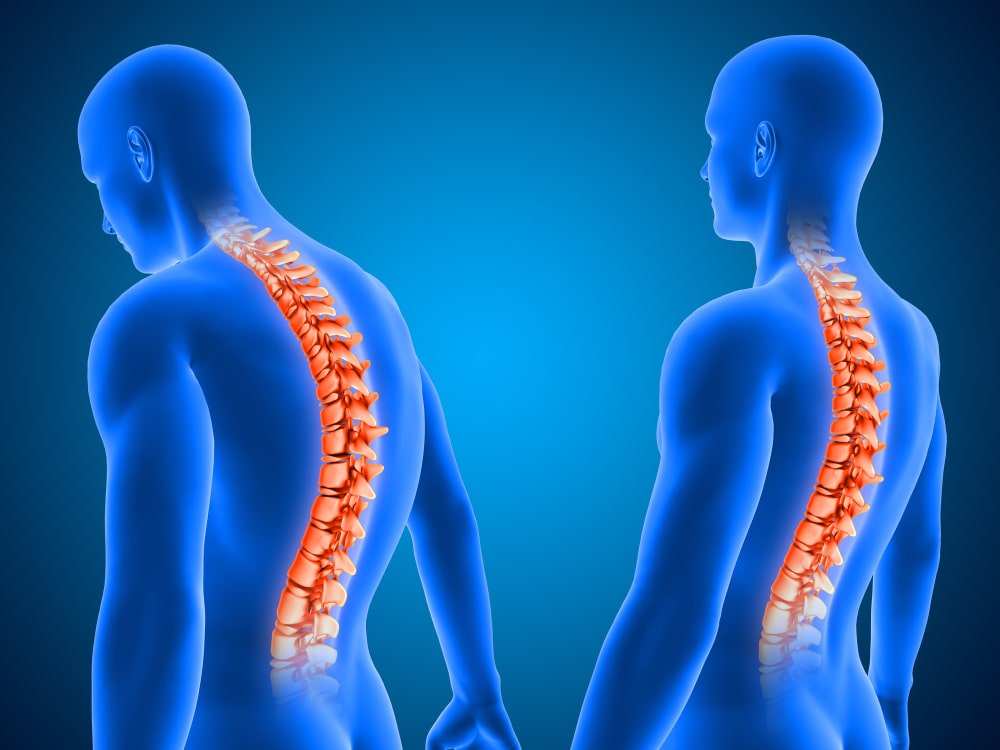Back pain isn’t always loud. Sometimes it whispers. A dull ache in the lower back that fades, returns, and never quite goes away. A numbness in your leg after sitting too long. A stiff neck that’s easy to brush off—until it starts interfering with your sleep, your workouts, or just getting through the workday.
heaMany people ignore these subtle signs, chalking them up to aging, stress, or a poor mattress. But persistent discomfort—especially if it worsens over time—could be your body quietly pointing to something more serious. In cases where symptoms linger or start affecting mobility, it may be worth consulting a sydney neurosurgeon who can evaluate whether the issue goes deeper than muscle tension.

So how do you know when your spine is trying to get your attention? And what should you do about it?
1. Numbness or Tingling That Follows a Pattern
A tingling sensation in your arm, hand, leg, or foot may not seem like a big deal at first. But if it happens frequently—or follows the same pattern down one side of your body—it could be a sign of a compressed nerve in your neck or spine.
This is often caused by disc issues, where the cushioning between your vertebrae presses against nearby nerves. It’s called “radiculopathy,” and while it might sound intense, it’s surprisingly common. The longer it’s left untreated, the greater the chance of lasting nerve damage.
2. Persistent Lower Back Pain with No Clear Cause
We all tweak our backs now and then lifting something too heavy or sitting poorly at a desk. But pain that persists for weeks or keeps returning despite stretching, massage, or rest may be a red flag.
In some cases, this could point to spinal stenosis (narrowing of the spinal canal), herniated discs, or early degenerative disc disease. These aren’t conditions to panic about—but they do deserve attention from a healthcare professional, especially if the pain is affecting your daily routine.
3. Muscle Weakness or Loss of Balance
Ever tried standing on one leg only to feel like you’re about to topple? Or noticed one arm feels weaker than the other when lifting groceries? Muscle weakness that comes on gradually can be a sign that nerves in your spine are being affected.
The spinal cord acts as a relay between your brain and body. If there’s pressure on it—or if certain nerve roots are inflamed or damaged—you might notice subtle changes in your coordination, grip strength, or overall stability.
If you’re tripping more often or struggling with tasks that used to feel easy, it’s worth getting checked out.
4. Pain That Radiates or Shoots Down Limbs
Pain that travels—say from your lower back down to your leg—is often a sign of nerve compression. Sciatica, for instance, happens when the sciatic nerve is irritated or pinched, often due to a slipped disc or bone spur.
Radiating pain isn’t something to ignore. While over-the-counter medication might help temporarily, ongoing symptoms like this may require imaging (like an MRI) and a targeted treatment plan, especially if it’s interfering with movement or sleep.
5. Bladder or Bowel Changes
This is a less common but more urgent warning sign. If you’re experiencing difficulty controlling your bladder or bowels—especially in combination with back pain or numbness in your lower body—it could be a medical emergency known as cauda equina syndrome.
This condition occurs when nerves at the base of the spinal cord are compressed, and it needs to be addressed right away to prevent permanent damage. If these symptoms appear, don’t wait—seek medical attention immediately.
When to Seek Professional Help
Not every backache needs a specialist. But if you’ve been experiencing symptoms for more than a few weeks, or if your discomfort is steadily getting worse despite rest and self-care, it’s time to speak to your GP or a spine specialist.
Here are a few situations where further evaluation is a smart move:
- Pain that’s spreading or becoming more intense
- Numbness or tingling that won’t go away
- Noticeable weakness in your arms or legs
- Changes in coordination, walking, or grip strength
- Any signs of bladder or bowel dysfunction
Getting answers doesn’t mean jumping straight into surgery. In fact, most spine issues can be managed with a combination of conservative treatments—like physical therapy, targeted exercises, or pain management—once you understand what’s going on.
Listening to Your Spine Could Save You a Lot of Pain
It’s easy to dismiss back and neck symptoms as part of getting older or sitting too much. But your spine is central to everything your body does—movement, stability, even sensation. When something feels off, paying attention early can lead to faster recovery, fewer complications, and a better quality of life.
So if your body’s been sending signals, don’t ignore them. You don’t have to live with chronic discomfort—and you don’t have to guess what’s going on. With the right support, you can take your spine seriously and get back to living pain-free.











